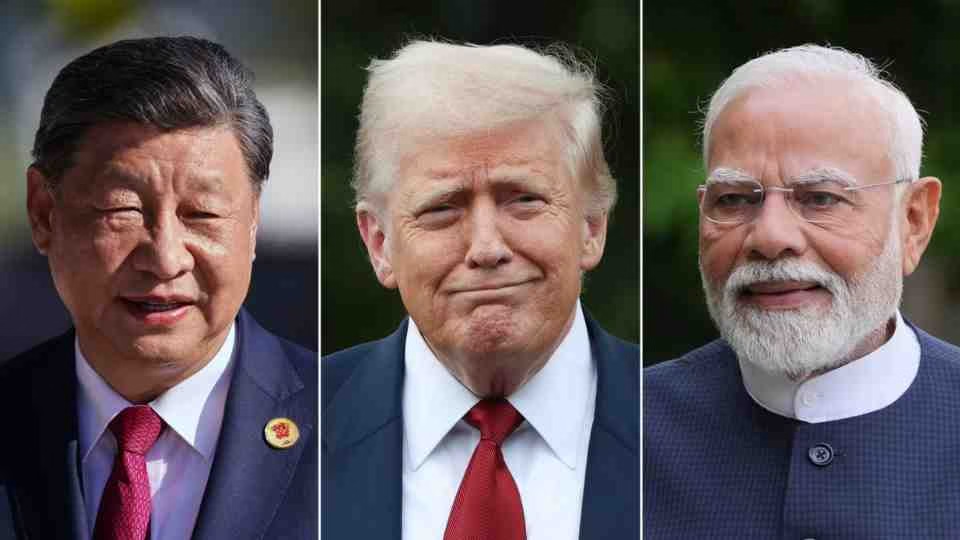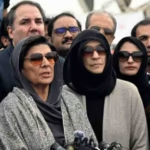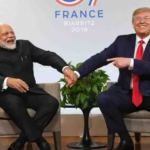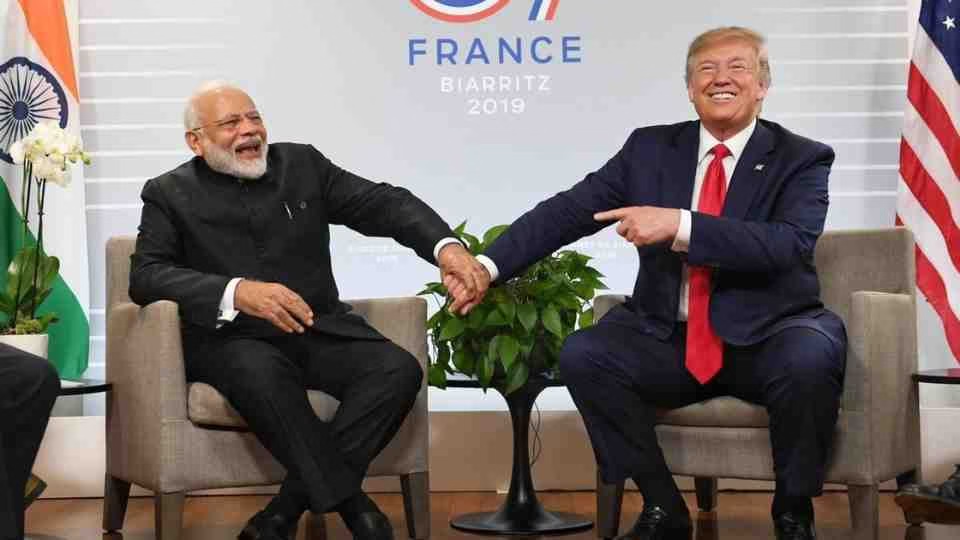President Donald Trump’s aggressive trade policies may be producing an unintended consequence: driving two of Asia’s biggest rivals closer together. India and China, long separated by territorial disputes and strategic competition, are finding common ground in their shared frustration with Washington’s approach.
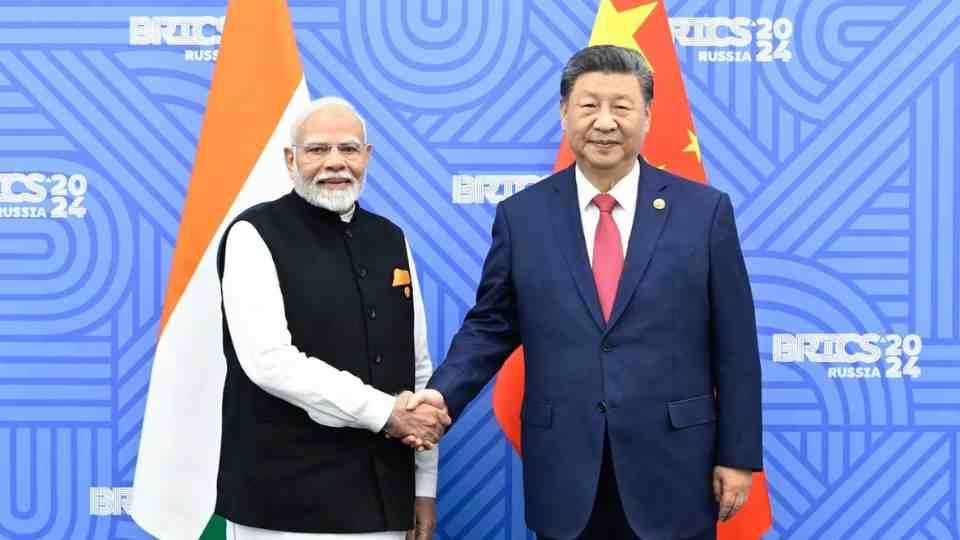
A Strategic Miscalculation
Trump’s decision to impose sweeping tariffs on India—starting at 25% and potentially rising to 50%—represents a dramatic shift in U.S. foreign policy. The punitive measures, targeting India’s purchases of Russian oil, mirror the pressure campaign previously directed at China. This approach risks undermining decades of careful diplomatic work to position India as America’s key democratic ally in countering Chinese influence across Asia.
The irony is stark: while attempting to isolate Russia through sanctions on India, Trump may be pushing New Delhi directly into Beijing’s orbit. This strategy contradicts the fundamental logic of U.S. Indo-Pacific policy, which has long viewed India as an essential partner in maintaining regional balance of power.
Signs of a Thaw
The warming between India and China was already beginning before Trump’s latest moves, but his actions have accelerated the process. Prime Minister Narendra Modi’s planned attendance at the Shanghai Cooperation Organization summit in China—his first visit in seven years—signals a significant diplomatic shift. Chinese officials have publicly welcomed Modi’s participation, suggesting both nations see value in strengthening ties.
Recent developments point to a broader normalization effort. Direct flights between the countries are resuming, China has reopened Tibetan pilgrimage sites to Indian visitors after a five-year closure, and both nations have begun issuing tourist visas again. These practical steps reflect a mutual recognition that cooperation serves their economic interests, even as deeper strategic tensions persist.
Economic Pressures and Political Realities
India’s economy, supporting 1.4 billion people, depends heavily on energy imports. Russian oil currently accounts for 36% of India’s crude purchases—a relationship that developed as global markets shifted following the Ukraine conflict. Trump’s characterization of India’s economy as “dead” and his threat of punitive tariffs have been met with sharp rebuke from Indian officials, who called the measures “unfair” and “unjustified.”
The Indian response reflects growing frustration with what many see as Washington’s hypocritical stance. Indian officials note that the United States and Europe continue purchasing Russian fertilizers and chemicals while demanding India cease its oil imports. This perceived double standard has hardened attitudes in New Delhi and reduced India’s willingness to accommodate U.S. demands.
Modi, facing domestic political pressure to stand firm, has publicly declared his readiness to pay a “heavy price” rather than compromise on policies that benefit Indian farmers and workers. This stance resonates with voters but further strains the U.S.-India relationship.
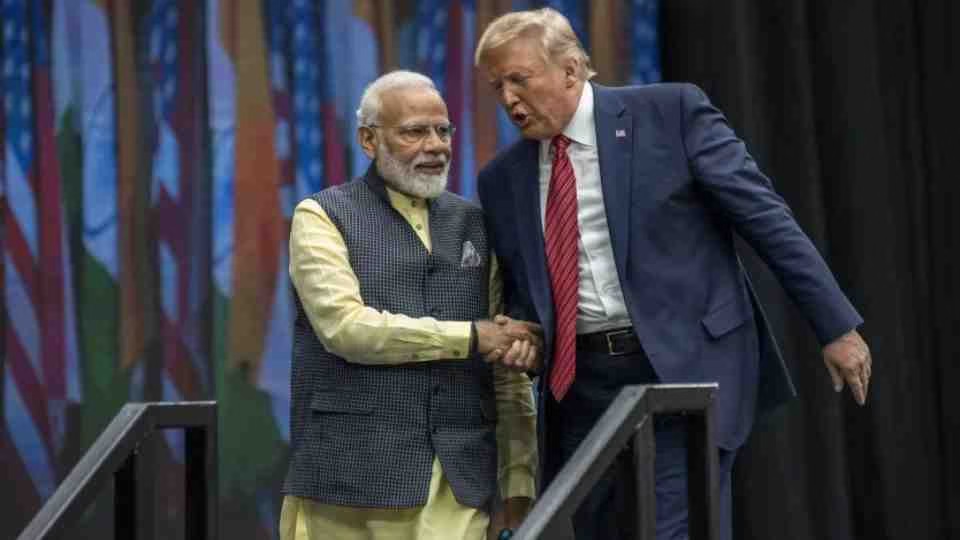
The Limits of Convenience
Despite these developments, experts caution against overstating the significance of India-China cooperation. Their relationship remains fundamentally constrained by unresolved border disputes, particularly in the Himalayas where deadly clashes occurred in 2020. China’s strategic partnership with Pakistan, India’s primary regional rival, adds another layer of complexity.
The current rapprochement appears driven more by pragmatism than genuine partnership. Both nations recognize the economic benefits of cooperation while maintaining their guard against each other’s regional ambitions. This duality—economic collaboration alongside strategic competition—is likely to define their relationship going forward.
Washington’s Diminished Influence
Trump’s approach has puzzled many foreign policy experts who question the wisdom of antagonizing a key democratic ally. Some analysts suggest the administration lacks a coherent China strategy, which undermines India’s traditional role as a counterweight to Chinese power. Others point to more personal motivations, noting Trump’s apparent frustration after India declined to credit his claimed role in defusing tensions with Pakistan.
The administration’s transactional approach treats allies and adversaries alike, prioritizing immediate economic gains over long-term strategic relationships. This shift represents a fundamental departure from bipartisan consensus that viewed the U.S.-India partnership as crucial to regional stability.
Unintended Consequences
Critics argue that Trump’s policies may achieve the opposite of their intended effect. Rather than isolating Russia or constraining China, the tariffs could push India toward deeper engagement with both nations. Former National Security Adviser John Bolton warned that this outcome would represent a significant strategic failure for the United States.
The current trajectory suggests that Trump’s trade war, designed to advance American economic interests, may instead strengthen the very partnerships the U.S. has sought to prevent. As India and China explore new areas of cooperation, Washington faces the prospect of a more challenging geopolitical landscape in Asia.
Looking Ahead
The evolving dynamics between these three major powers will have far-reaching implications for global stability and economic relationships. While India and China are unlikely to become close allies given their fundamental disagreements, their tactical cooperation in response to U.S. pressure represents a significant shift in regional politics.
For the Trump administration, the challenge lies in balancing legitimate economic concerns with the strategic imperative of maintaining strong partnerships. The current approach risks sacrificing long-term influence for short-term gains, potentially undermining American interests across the Indo-Pacific region.
As this complex diplomatic drama unfolds, the ultimate test will be whether Washington can recalibrate its approach to preserve crucial relationships while pursuing its economic objectives. The stakes could not be higher, as the future balance of power in Asia hangs in the balance.

